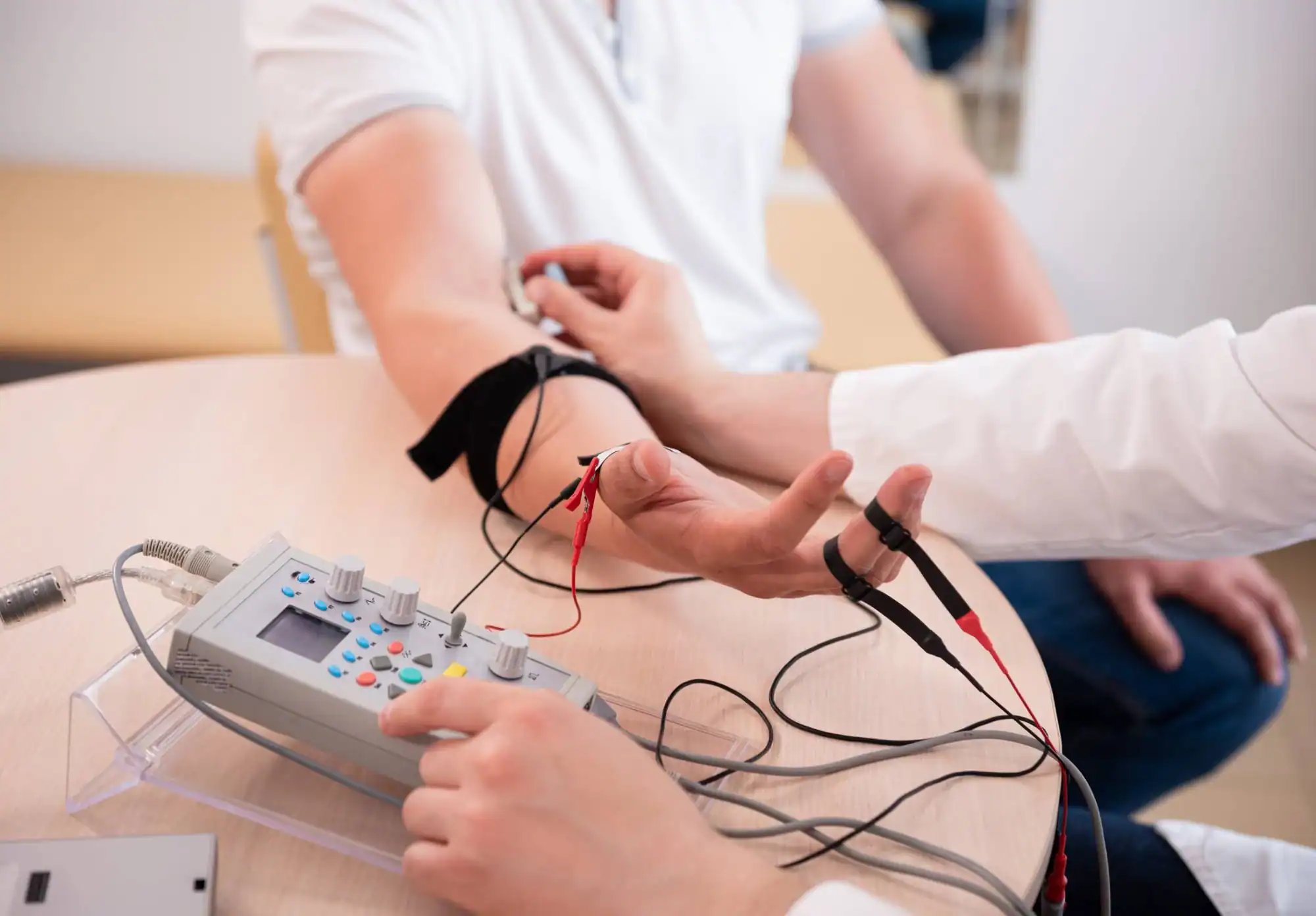Precise EMG testing that pinpoints exactly what’s causing your numbness, tingling, or muscle weakness.
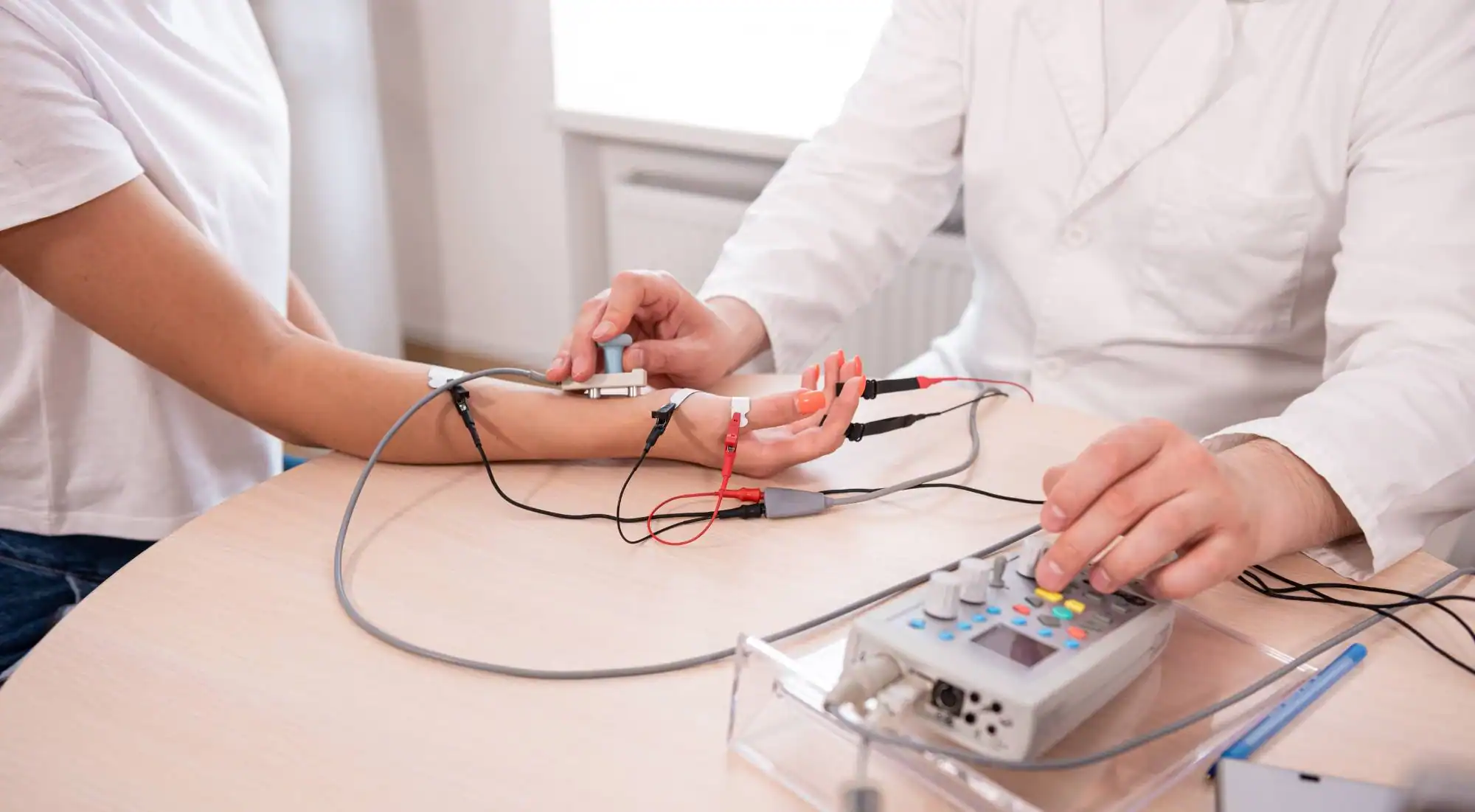
Reviews
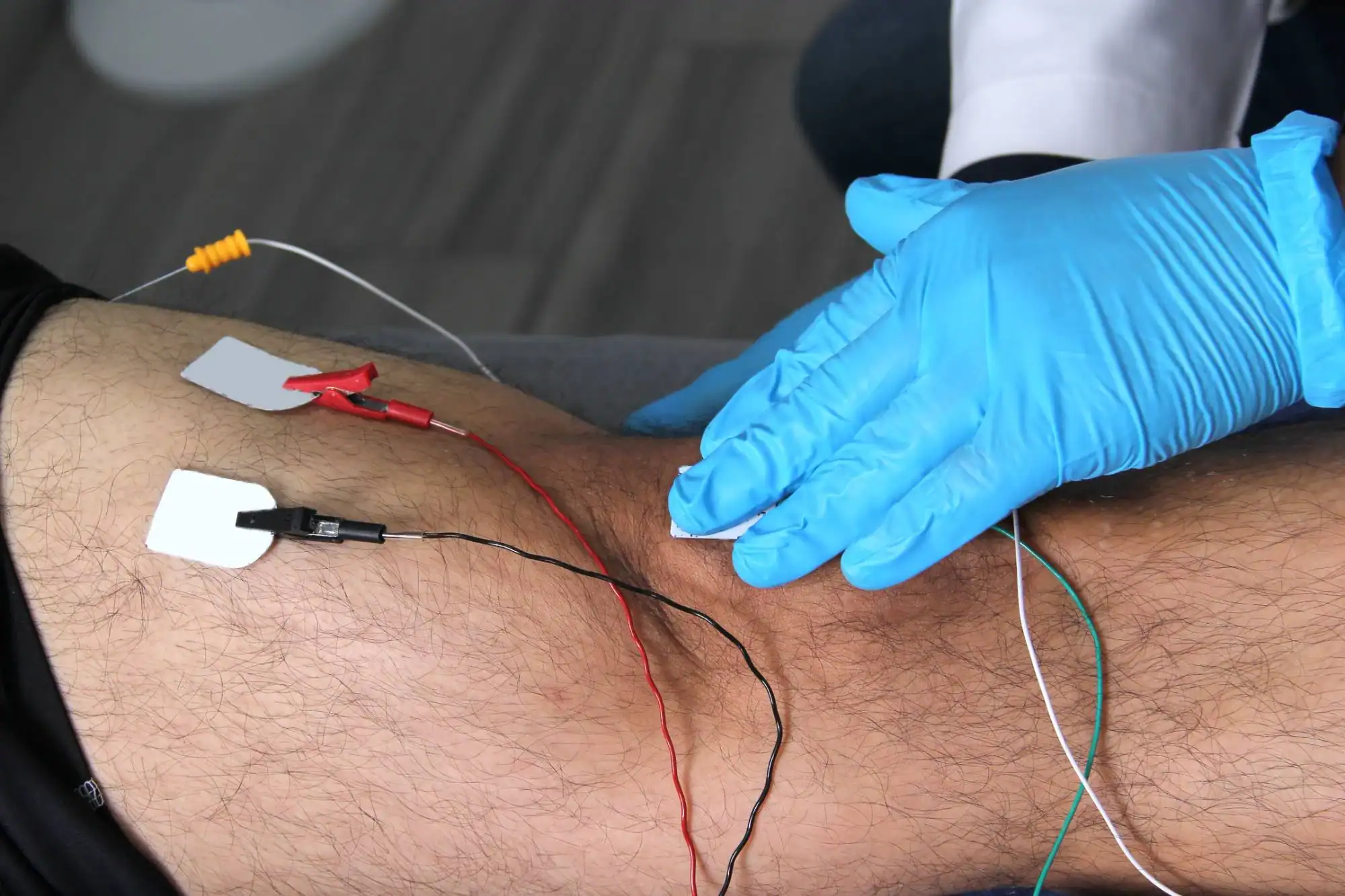
You’re tired of guessing what’s causing that numbness in your hands or the shooting pain down your leg. EMG testing gives you concrete answers in under an hour.
This diagnostic test measures the electrical activity in your muscles and nerves. When something’s wrong, we can see exactly where the problem is and how severe it is. No more wondering if you need surgery or if the pain will get worse.
The results guide your treatment plan. Instead of trying different approaches and hoping something works, you get targeted therapy that addresses the root cause. Most patients leave knowing their next steps and feeling relieved they finally have answers.
NY Spine Medicine has been serving the Fresh Meadows community for years, helping patients get to the bottom of their nerve and muscle problems. Our team specializes in spine conditions and understands how nerve issues affect your daily life.
You’re not just getting a test here. You’re working with doctors who take time to explain what we’re seeing and what it means for you. We’ve performed thousands of EMG tests and know how to make the process as comfortable as possible.
We accept most insurance plans and work with you to schedule testing when it’s convenient. You don’t need to travel to Manhattan when quality EMG testing is available right here in Queens.
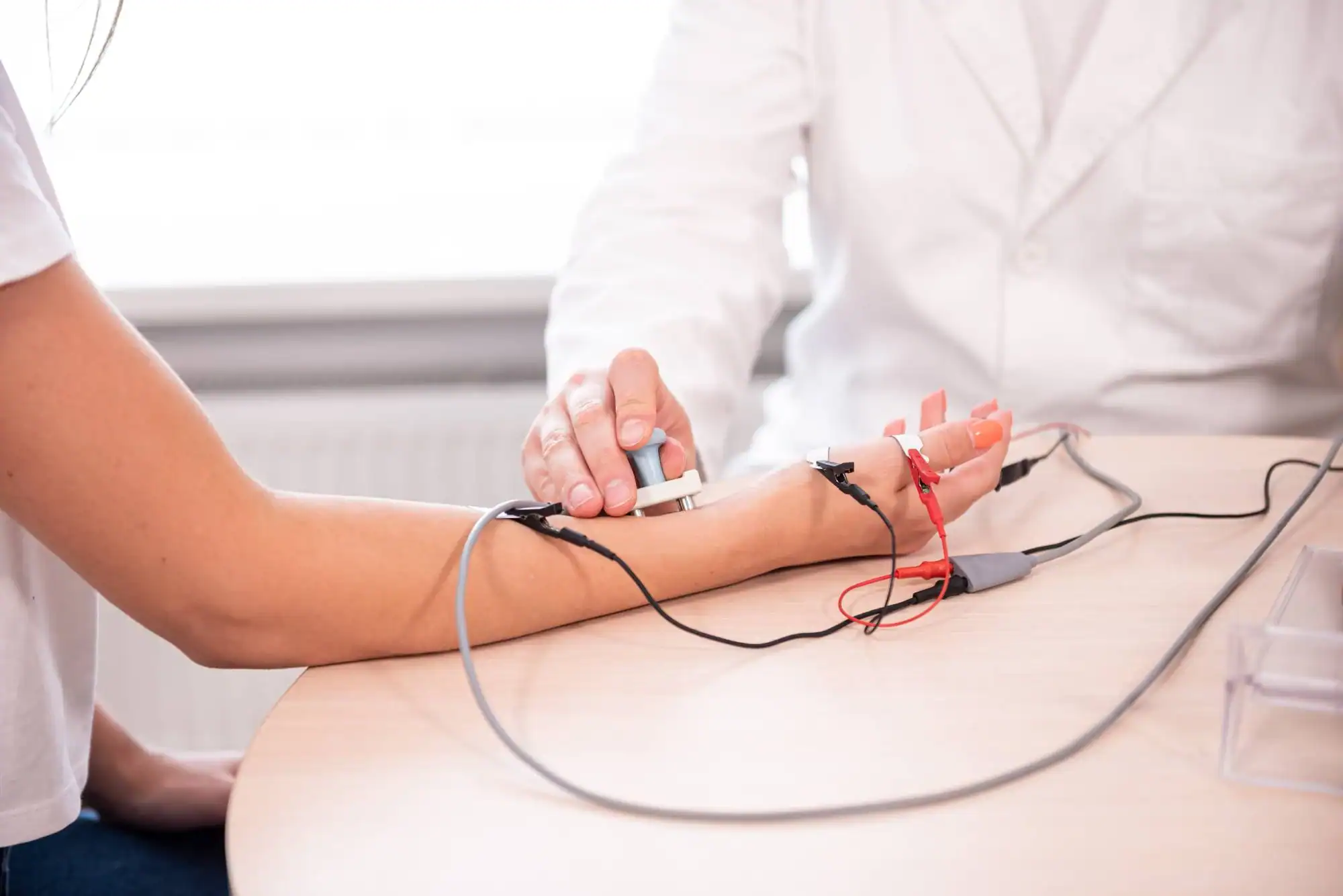
The EMG test has two parts. First is the nerve conduction study, where small electrodes are placed on your skin. Mild electrical pulses measure how fast signals travel through your nerves. This shows if nerves are damaged and where.
Next comes the electromyography portion. A thin needle electrode is inserted into specific muscles to measure electrical activity. It sounds worse than it feels – most patients describe it as similar to getting blood drawn.
The entire process takes 30 to 60 minutes depending on which areas need testing. You’ll see the results immediately on the computer screen, and we explain what everything means. You leave with a clear understanding of your condition and recommended next steps.
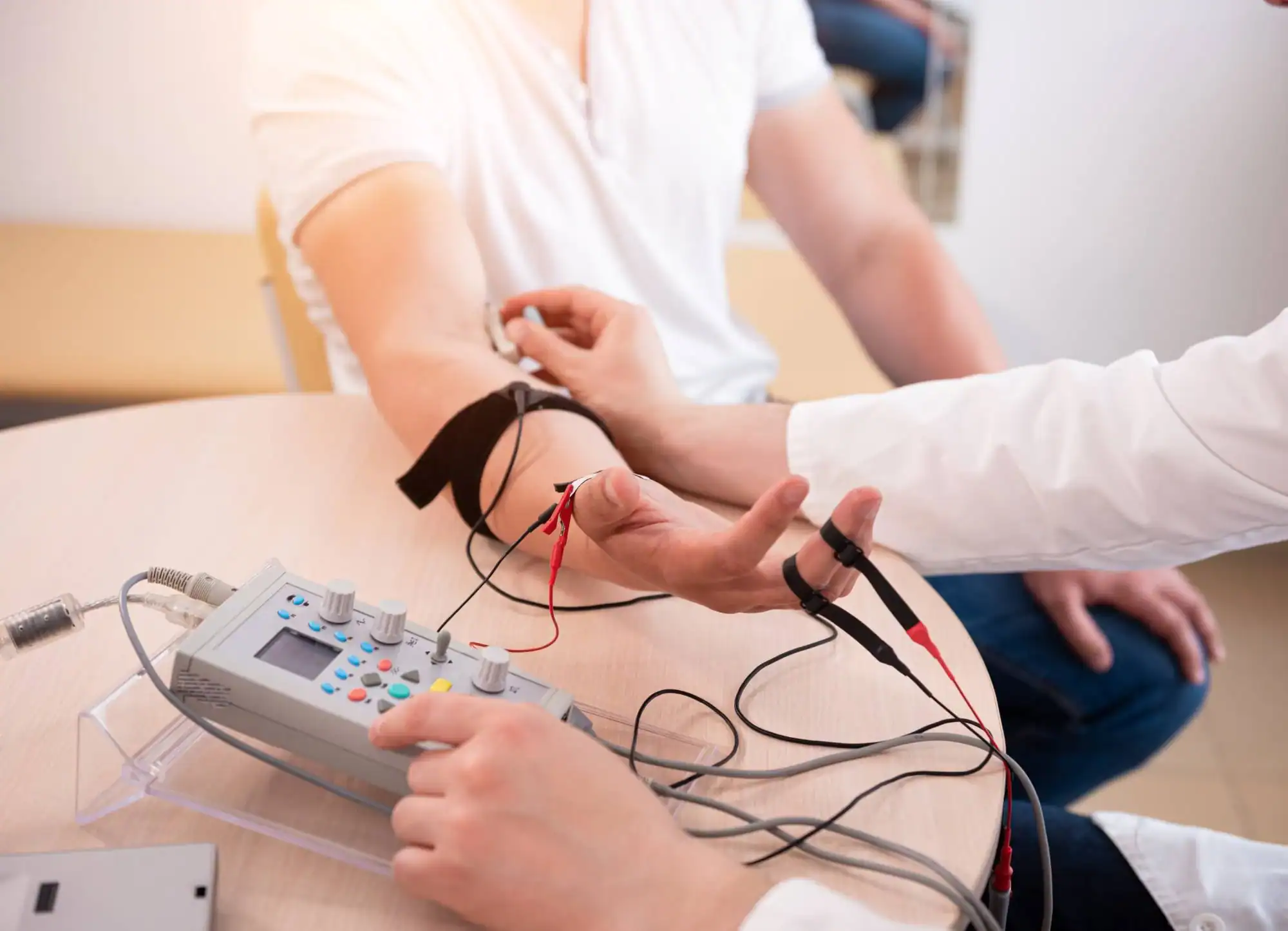
Ready to get started?
Your EMG testing includes both electromyography and nerve conduction studies in one appointment. This comprehensive approach gives a complete picture of what’s happening with your nerves and muscles.
The testing can diagnose conditions like carpal tunnel syndrome, sciatica, herniated disc nerve compression, diabetic neuropathy, and various muscle disorders. You’re not limited to testing one area – if you have multiple symptoms, everything can be evaluated during the same visit.
After testing, you receive a detailed report explaining the findings in plain language. We discuss treatment options, whether that’s physical therapy, medication, injections, or other approaches. You’re never left wondering what comes next or feeling like you need to figure things out on your own.
